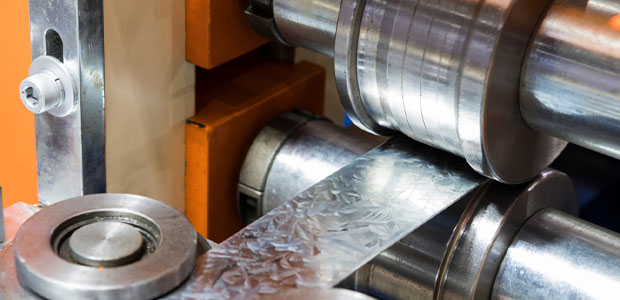
Page 2 of 2
Five Reasons to use Cold Formed Steel Construction for Project
Cold Formed Steel (CFS), also known as light gauge steel (LGS), construction is a practical, code approved solution to many of the limitations that builders face today when using traditional construction materials.
Here are five key reasons why the CFS construction methods using advanced construction automation systems are better than traditional building methods.
1. It is Faster
Light framing construction is faster than traditional methods, especially during manufacture and construction phases of a project. CFS fabricators supply frames pre- assembled, strong, straight and clearly identifiable. No on-site welding or cutting is normally required. This means that the erection process is fast and simple. According to an article, advanced tooling functions available in advanced construction automation systems like global supplier, FRAMECAD, allow high productivity and versatile output to produce roof trusses, wall frames and floor joists — all to exact measurements, saving time in the construction stage.
Shorter construction times result in reduced hard costs of build projects. For example, by building with CFS over traditional heavy materials like concrete and masonry, you can take three or more months off the schedule of a mid-rise project.
2. Highly-skilled On-site Labor is Not Needed
Using highly accurate design and engineering software, pre-engineered steel framing is cut to specified lengths, labeled and pre-dimpled, making assembly simple, fast and accurate. The only tool needed for assembly is a power drill and provided screws and fasteners. Due to its ease of assembly, less skilled labor is needed on-site, which has obvious bottom-line benefits.
3. It's Versatile
The strength and ductility of light gauge or cold formed steel makes it an ideal building material for all building types — from modular and pre-fabricated units to multi-story hotels, hospitals, schools as well as stand-alone, multi-story housing. “Cold formed steel is suited to almost any type of building design or application and with one of the highest strength-to-weight ratios of all construction materials, it is possible to produce architectural designs not possible with traditional methods.”
4. It Offers Greater ROI
CFS construction is cost-competitive compared to traditional methods and, depending on the building design, can be cheaper when evaluating the overall build cost due to its advantages in speed of construction, accuracy and reduced labor costs. CFS construction is also highly scalable, which means it is an ideal solution for mass production and repeatable designs. Long-term building maintenance costs are also reduced as steel is resistant to rot, mold, termite and insect infestation.
5. It's Better for the Environment
With traditional methods, it is common for builders to factor in up to 20 percent material wastage in the total cost of a project. Adding this up over consecutive projects, wastage can be equivalent to as much as one building out of every five buildings constructed. “But with CFS waste is virtually non-existent (and in the case of a FRAMECAD solution, material wastage is less than one percent).”
Steel is 100 percent recyclable, reducing the overall environmental impact of any waste created. Additionally, cold formed steel is a 'dry' system, which means there is no need to use water resources for mixing cement or other materials. CFS construction methods using advanced construction automation systems make for faster build times, lower overall costs, more versatile, scalable design solutions and better building performance.
According to an article, these advantages are combined with the innate characteristics of steel, such as non-combustibility, termite and mold resistance and dimensional stability, CFS construction provides the framework for a solid, sustainable building program.
About the Author
Shereen Hashem is the Associate Content Editor for Occupational Health & Safety magazine.